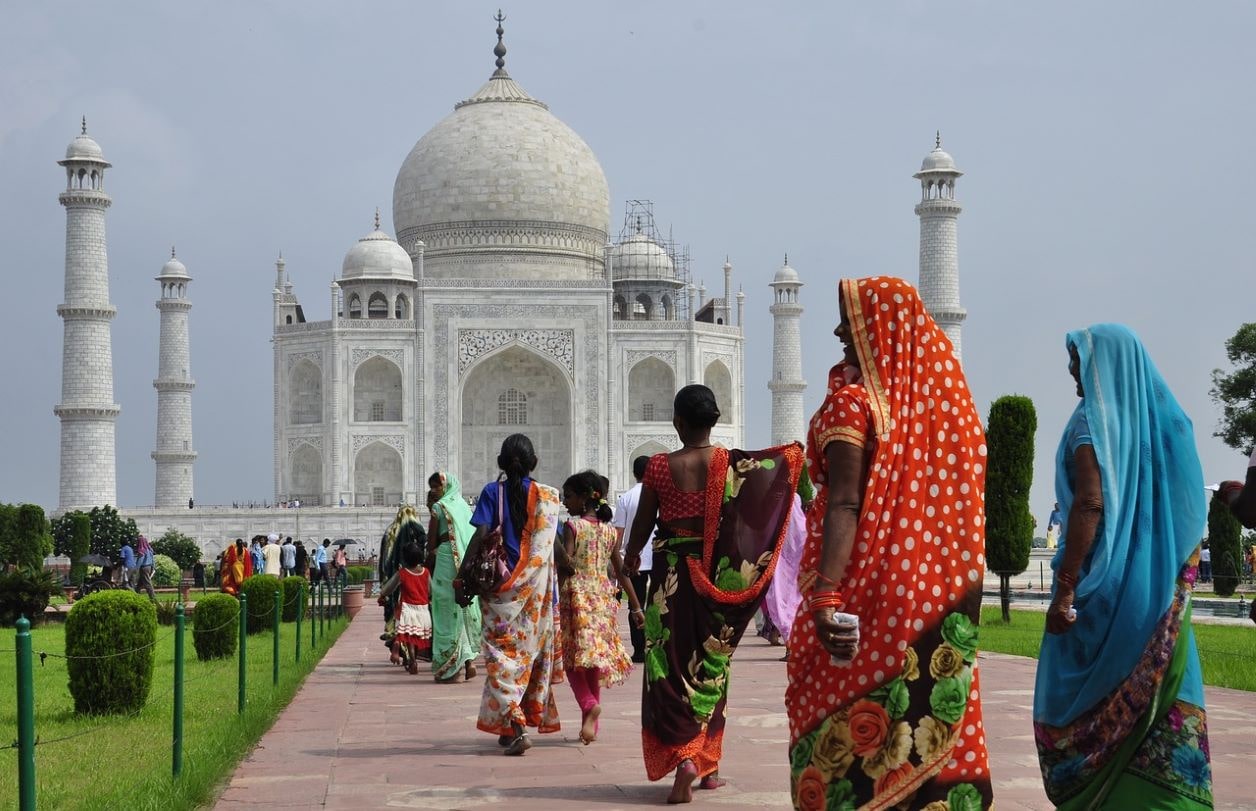China and India – Asian Giants

India Is the Third Most Important Economy in the World
Over the past two decades, China has received a lot of attention due to its economic growth. Despite being the neighboring giant, India, the second largest Asian economy (after China in terms of GDP), it has received relatively little attention. China has already tripled its share of world GDP since 1990, while India has doubled it in the same period, as noted by scholar Paragh Khanna in the essay The Asian Century.
India is known, in addition to yoga, curry and Bollywood, for being today an emerging economic and cultural power, with several cutting-edge sectors such as information and technology, textiles, agribusiness, services It and telecommunications, the pharmaceutical industry, which give it a reputation and considerable influence on the world stage. In short, an India (the one that the scholar presents to us) very far from that imagined by Gandhi, but also from that of Vandana Shiva.
It was in 1991 (due to the balance of payments crisis) that India embarked on economic reforms, with an emphasis on ‘liberalization, privatization and globalization’, to unlock its economic potential. These reforms have focused on three areas: first, the use of market forces and competition as the main means of increasing efficiency; second, the importance of the private sector as the main driver of growth; third, the opening of the economy to international trade, foreign investment and foreign technology.
Over the span of three decades – from $ 1.01 trillion (in 1991) to $ 9.7 trillion (in 2021) – India has become the third largest economy in the world, after the United States and China. Economic transformation has improved the lives of millions of Indians, extreme poverty levels dropped from 45.3% in 1993 to around 7% in 2021 (compared to the international poverty line) and lifted 271 million people out of poverty in a decade between 2006 and 2017. India is expected to reach the goal of reducing its poverty to below 3% of its population by 2025. As a result, income growth is transforming India from a ‘top-of-the-pyramid economy to a truly middle-class-led economy, with consumer spending rising from 1,
Until 1990, India’s GDP growth had consistently remained below 4% per year. Over the same period, other Asian countries experienced much faster growth rates, such as Indonesia (6%), Thailand (7%), Taiwan (8%) and South Korea (9%). After India’s economic reforms in 1991, the country’s annual GDP growth rate stabilized at a more robust level of 6-7% per year. It has become one of the fastest emerging economies in the world, accounting for around 15% of global growth.
The main engines of its economic growth were the increase in domestic consumption, political reforms such as the increase of the limits of foreign direct investments in various sectors, which favored the participation of foreign investors, the improvement of the parameters of ease of doing business (the country went from 130th place in 2016 to 63rd place in 2020) and increased the participation of private companies and start-ups. India had around 50,000 startups in 2018 and has the third largest startup ecosystem in the world, with an expected growth of 12-15% per year.
The Indian government has implemented several public policies targeting the rural market, the agricultural sector and the low-income segment, including unemployment guarantee programs, cooking fuel subsidies, affordable housing, sanitation construction, programs of micro insurance and micro pension. According to the World Bank, 70% of the population had access to electricity in 2007 and this figure rose to 93% by 2017. Just under 40% of the Indian population had access to domestic sanitation in 2014. Today, this countrywide basic health coverage increased to 99.5%.

Innovative Public Policy Programs
Innovative public policy programs have been implemented, such as ‘Make in India‘ (an initiative to promote national production capacity), the ‘Digital India‘ program which aims to transform the country into a digital society and a knowledge economy , the «Skill India» and «Startup India» campaigns which aim to develop skills and stimulate entrepreneurship and the startup ecosystem, thus enabling the creation of jobs. It took 60 years for India to become a trillion dollar economy, while the next trillions of dollars were added to its economy in just eight years (nominal GDP).
The rise of India has political ramifications in Asia and beyond. A parallel is often drawn between India’s economic reforms and those of China. In the latter case, reforms began 13 years earlier than India. Yet there is an ongoing geopolitical struggle between these two rival archipelagos for hegemony in Asia and on the world stage. The decades-long Kashmir issue, the current military standoff in a long-standing border conflict, the huge trade imbalance in favor of China, and strategic progress in the Southeast Asian region thanks to China’s Silk Roads initiative and the ‘pearl necklace Relations deteriorated.
In response, India is forging greater and deeper economic, cultural and diplomatic relations with Southeast Asia (according to Act East policy) and Africa, while creating development partnerships and strategic partnerships with Japan, the EU and the United States and implementing a foreign policy in the Indo-Pacific aimed at counterbalancing China’s power projection policy. India has therefore not lost sight of its quest to strengthen its position on the world stage as an emerging and responsible nation by harnessing its (cultural) power and its economic might.
Economic Development
Despite India’s remarkable progress in the socio-economic development of its population, economic growth has not led to economic equality, resulting in huge inequalities in income and wealth. For example, the richest 1% of the population represents almost 52% of the national wealth, while the richest 10% of the population holds 77% of the total wealth; by comparison, the poorest 60% hold 4.8% of total wealth, while the number of billionaires has gone from just 9 in 2000 to 119 in 2018. This obvious economic inequality adds to an already fragmented society by region, caste, religion and sex. Almost 42% of the workforce is employed in the agricultural sector, which represents only 16% of GDP, while the informal economy accounts for almost 90% of the occupation. The pandemic has had a huge impact on informal workers and small businesses in India. Of the 122 million jobs lost, 75% were in the informal sector, while the wealth of Indian billionaires increased by 35% during Covid.
Such a scenario leads the government to spend large sums on social assistance programs and grants to support millions of disadvantaged people and address the problem of the “mass class gap”. This revives the current discourse on spending on subsidies and social protection programs in relation to the need to invest in long-term projects (capital expenditure) such as highways, ports, railways, power grids, etc.
The past two decades have seen the emergence of India as a global player. Through its participation in the global economy, India will be one of the few countries that will be at the heart of the global economic engine. India is destined to become a leading and influential civilization (not to use the word “powerful”) and so the question we must ask is not whether it will be, rather when it will be.

Ryan is a journalist specializing in India’s economic landscape, covering topics like business trends, innovation, and the growth of small and medium enterprises.